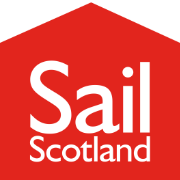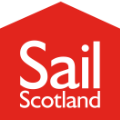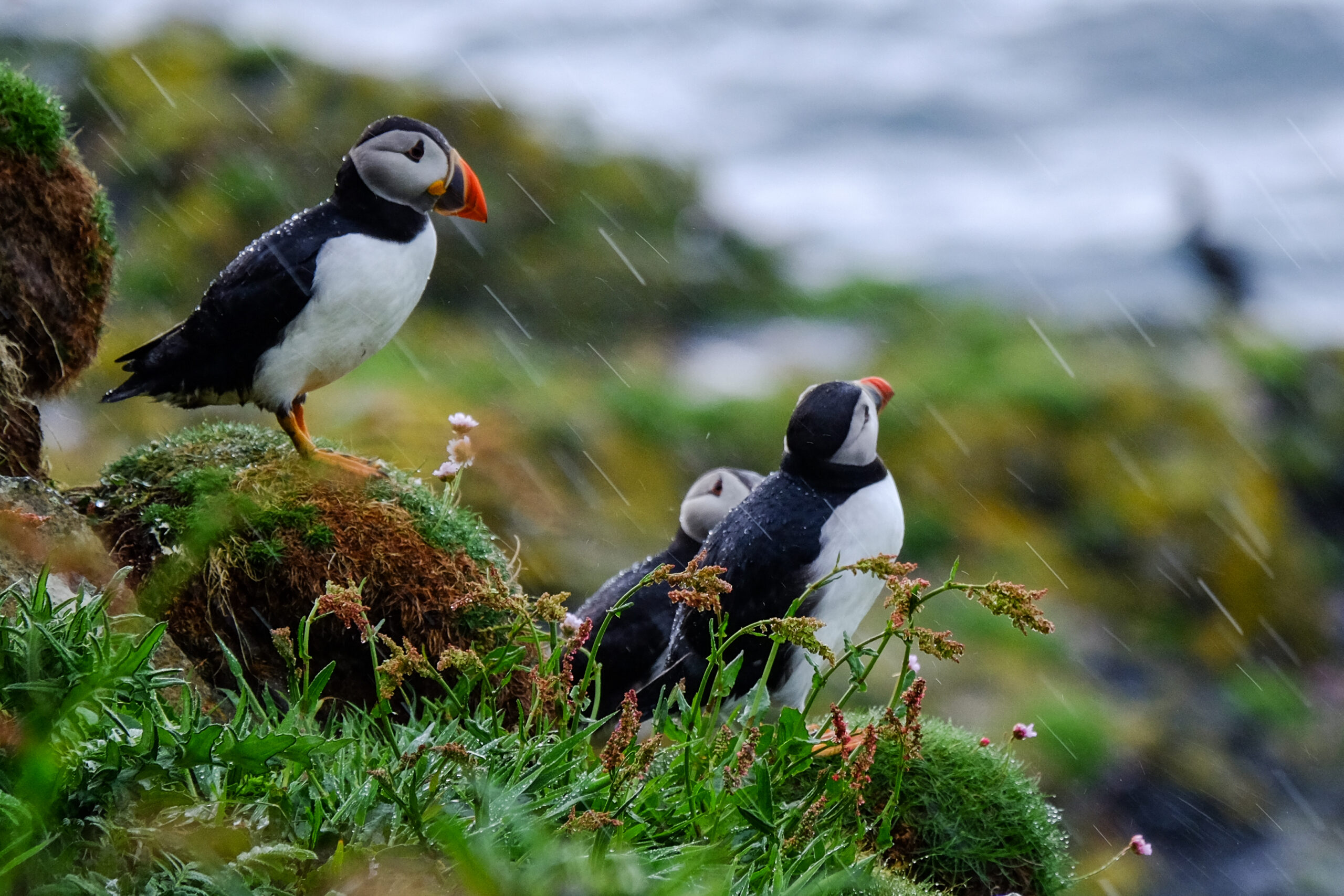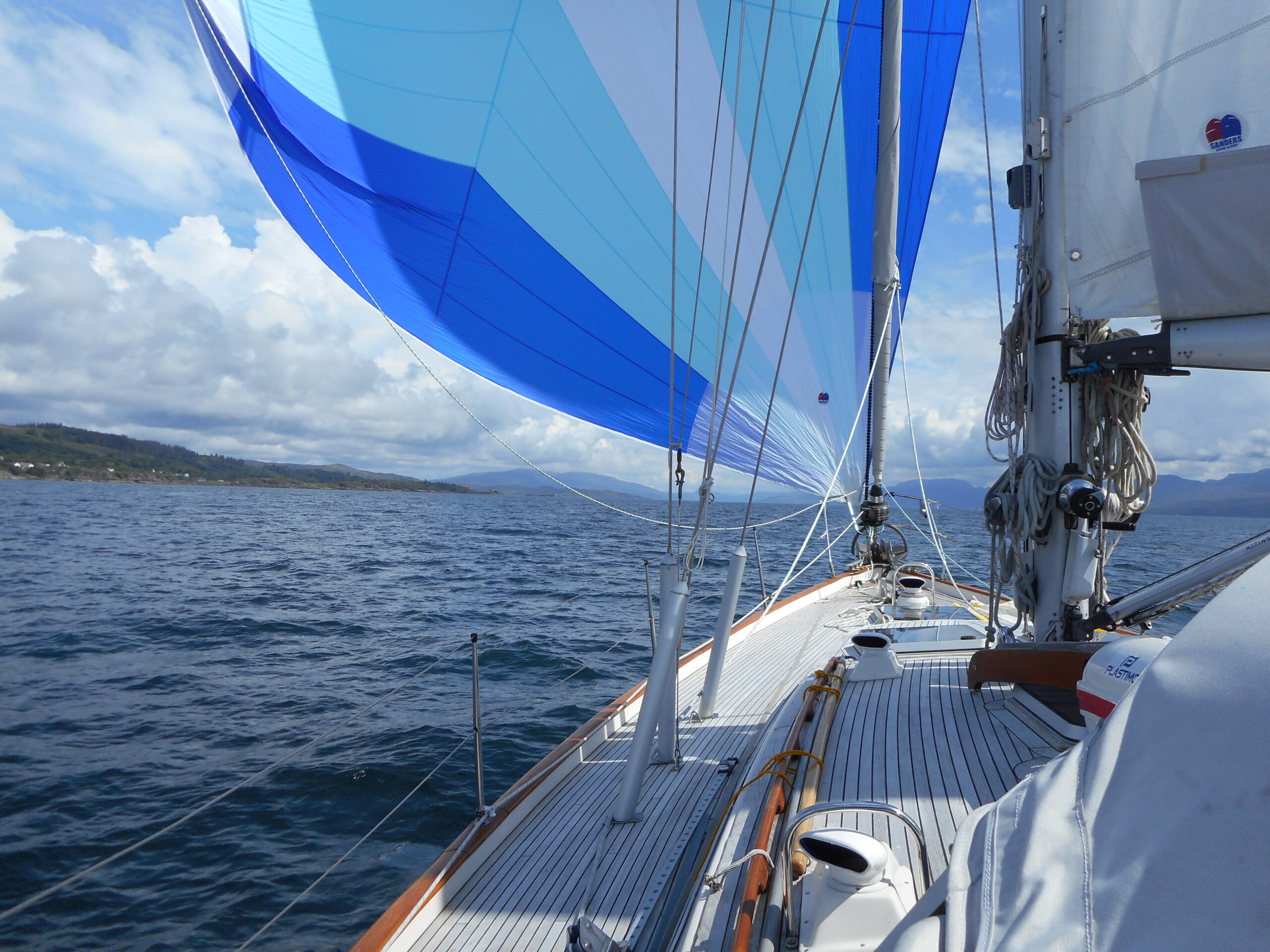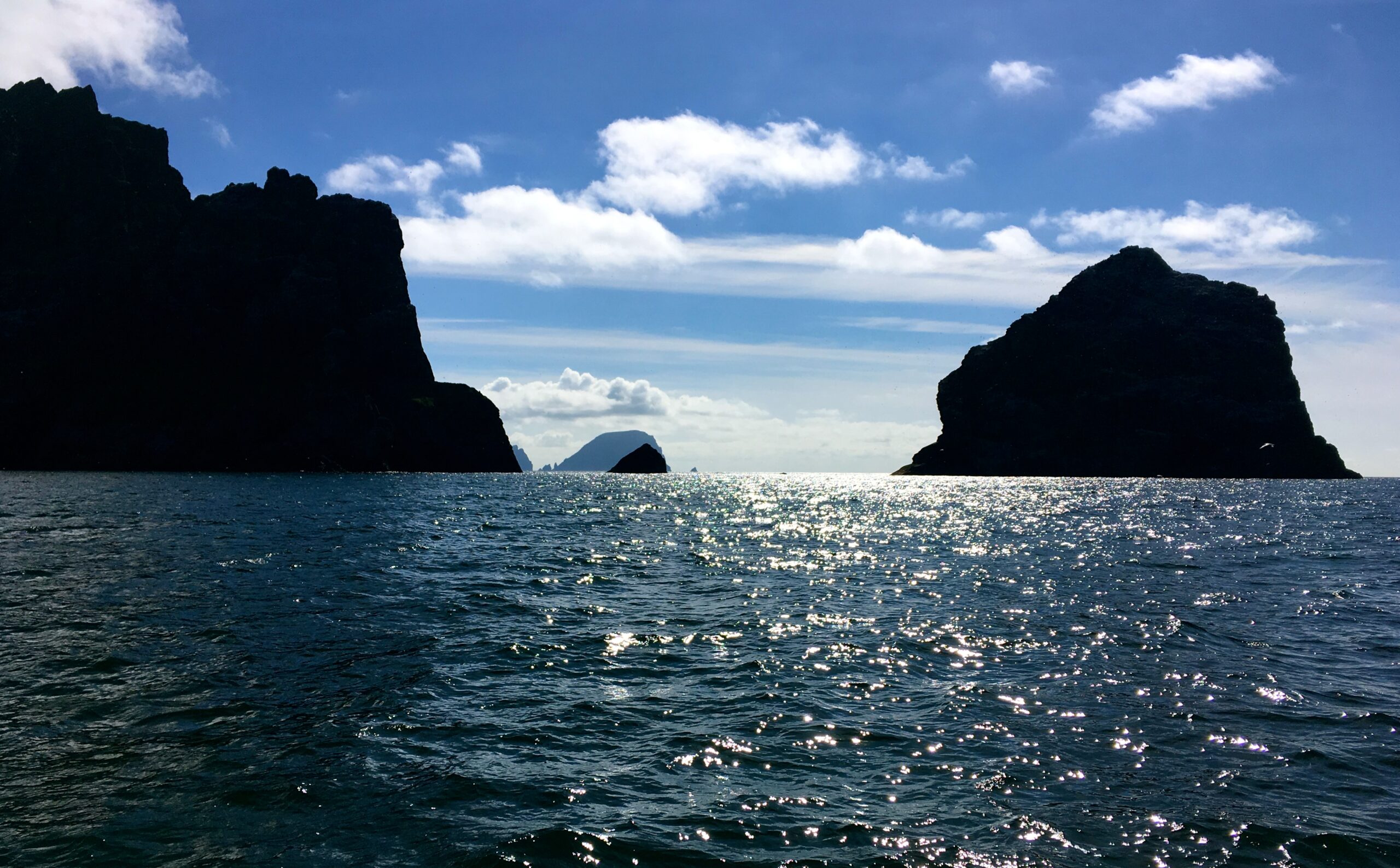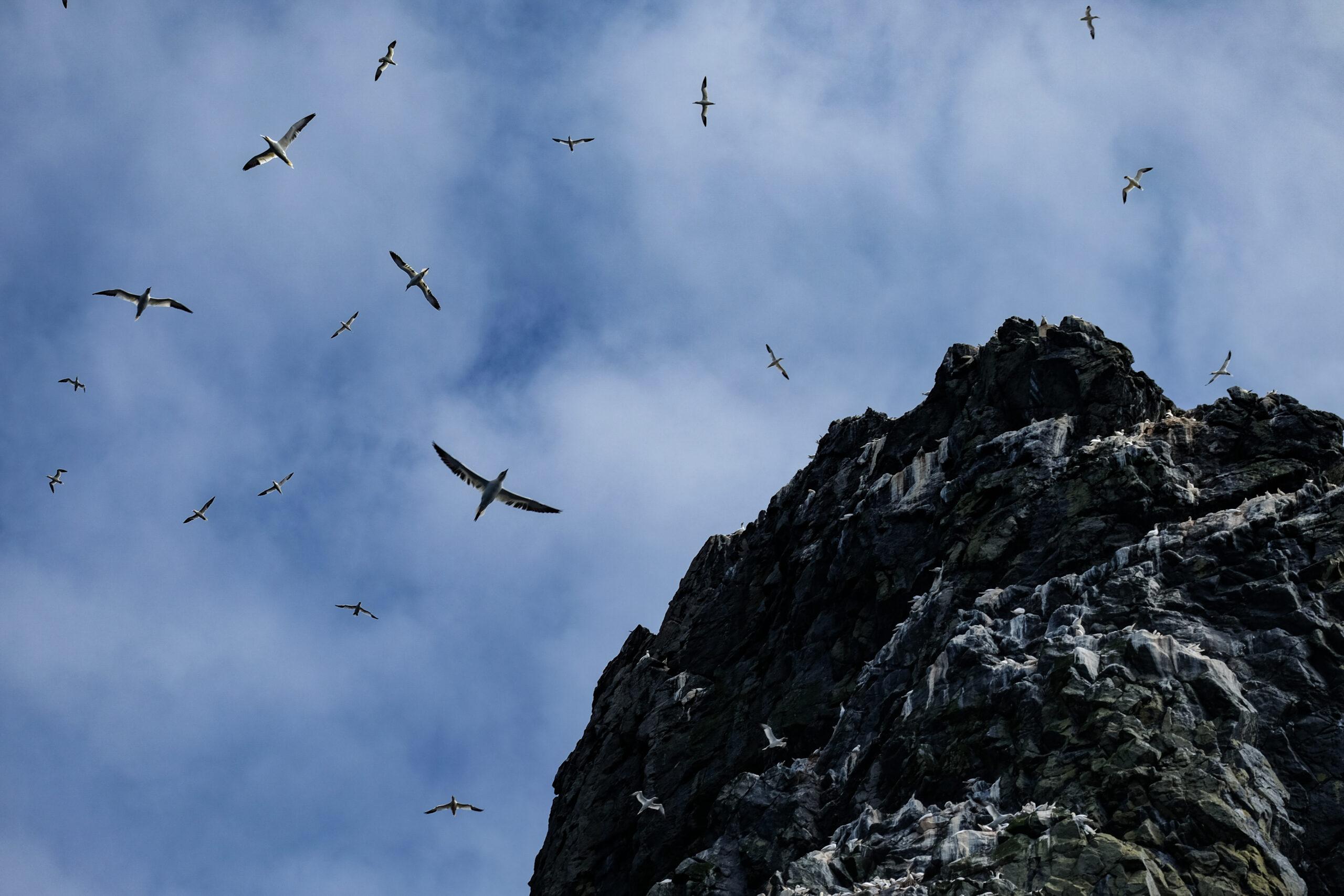Skye & The North West
Skye & The North West
FROM THE ROMANTIC VISION OF EILEAN DONAN CASTLE TO THE WILD BEAUTY OF THE OUTER HEBRIDES and the rugged cliffs of distant St Kilda, Skye and the North West offers an irresistible mix of landscapes and seascapes with many opportunities to spend time ashore.
There’s poetry in the place-names and magic in the landscapes: all the way from the Small Isles of Muck, Eigg, Canna and Rum to the awe-inspiring skyline of the Cuillins on Skye and on to the Outer Hebrides with their pristine beaches of white sand and turquoise water.
These are some of the treasures that lie in wait beyond Ardnamurchan Point, the westernmost extremity of the British mainland. If sailing from the south it is well worth stopping off at the fine anchorage of Loch Moidart or picking up a mooring at Arisaig.
A guide to Plockton
A great place to stop over for exploring Skye and northwest Scotland when passage making to the north or south.
A guide to Mallaig
Great location for exploring in the heart of Mallaig to explore Skye, the Outer Hebrides and northwest Scotland.
A guide to Lochinver
A guide to Ullapool
Fort William
The Small Isles form a compact cruising ground of their own. Rum is the largest island of the group and is run as a national nature reserve by Scottish Natural Heritage (SNH). It is formed from an old volcanic plug and has its own Cuillin (rocky ridge) which is often confused with that on Skye when viewed from a distance. There is a village shop and a tearoom. A guided tour of Kinloch Castle is a must, as the castle is almost exactly as it was left in the 1950s by its wealthy but eccentric former owners, the Bullough family.
Eigg is the second largest island of the group and was purchased by a community trust in 1997. As with Rum, the island is rich in wildlife and geology, while for a spot of sun and surf Laig Beach and the Singing Sands are recommended.
Canna is the most westerly of the Small Isles and is owned by the National Trust for Scotland. The island has links to the Neolithic, Columban and Viking eras along with significant sites of archaeological interest. It has been a bird sanctuary since 1938 and more than 150 species of birds have been monitored in the past 40 years. There are now 10 moorings in Canna harbour. Canna has a lovely café offering seafood delicacies, and there’s a selection of basic provisions and gifts available in the delightful shop.
The smallest of the Small Isles, but most fertile, is Muck. This island has been owned by the same family for more than a century and visiting yachts are welcomed like old friends. Muck’s website gives directions to the two anchorages on the island, Gallanach and Port Mor.
Sailing north of the Small Isles takes you north-eastwards up the Sound of Sleat, visiting the fishing port of Mallaig to the east or Armadale to the west. These days, Mallaig has a marina for up to 45 yachts and provides most of the facilities yachts require. Mallaig offers an opportunity to re-provision the boat and is also a useful point for crew changes, with good train connections on what was recently voted one of the best railway journeys in the world. Across the water, moorings and other yacht services are also available at Armadale on the Isle of Skye.
A short way around the coast from Mallaig is Loch Nevis, which forms part of the itinerary for many visitors. Situated within it, the Old Forge at Inverie offers moorings as well as food and drink and excellent walks ashore. Others will head for Isle Ornsay on the west side of the sound where the Duisdale House Hotel has five moorings and you can also anchor there. There are also moorings and excellent food to be found in the tiny Doune Bay on the west coast of Knoydart, but booking ahead is essential.
The northern head of the Sound of Sleat is formed by the tidal gate of Kyle Rhea where the mountains meet the sea. To the north lies Loch Alsh, and pontoon facilities and moorings are available at both Kyle of Lochalsh on the mainland shore and at Kyleakin on Skye. The former offers rail connections to Inverness and a good range of shops. Sailing up Loch Duich, you will find the romantic Eilean Donan Castle, standing impressively on a small island. The western end is crossed by the Skye Bridge, under which all but the very largest of yachts can safely navigate (clearance 29m).
Immediately to the north of Loch Alsh is Loch Carron. The picture-postcard village of Plockton, where there are pontoon facilities available for daytime embarkation as well as a large number of serviced moorings, is situated in the south-east of the loch and is well worth a visit.
Heading north-west, the busy port of Portree on the north-east of Skye features daytime pontoon facilities and 16 visitor moorings. Portree has a good selection of shore-side facilities, but some people favour the more remote island of Rona on the other side of the Sound of Raasay. Here, the most popular anchorage is Acairseid Mhor (Big Harbour) which has one mooring available and a dinghy pontoon. Ashore there are modest facilities and some stimulating walks.
Some sailors will choose to head for the mainland and the eastern side of the Inner Sound, perhaps visiting Loch Torridon, where there are several interesting anchorages and a dinghy pontoon at Shieldaig, or Loch Gairloch, which has pontoons available in Flowerdale Bay and a sheltered anchorage and moorings at Badachro. From there, sailors have the choice to either continue north along the mainland shore, perhaps as far as Cape Wrath, passing places such as Ullapool (moorings), Lochinver (upgraded pontoons) and Kinlochbervie (pontoons) before seeking shelter at Loch Eriboll en route to Orkney and/or Shetland, or to venture west once more. Westerly sailors could cross the Minch to the Outer Isles, possibly heading for Stornoway on Lewis, or continue down the west coast of Skye.
The west coast of Skye is deeply incised with a number of spectacular lochs. The scenery is awesome, with cliffs that rival those of St Kilda and every loch offering views of the Cuillin as well as wildlife-spotting opportunities. The ferry port of Uig lies at the north-west end of the island and south of this there are limited harbours and facilities. Although this area should still be approached cautiously in unsettled weather, a number of locations in the area now offer moorings and other facilities: Loch Dunvegan (moorings), Loch Bay (moorings), Loch Harport (moorings and pontoons) and Loch Scavaig are all worth exploring, as is the island of Soay.
Visitor attractions in the area include Dunvegan Castle, ancestral home of the Clan Macleod, at the head of Loch Dunvegan; the pinnacles which guard Loch Bracadale called Macleod’s Maidens; the Talisker Distillery, which is situated at Carbost in Loch Harport; and Loch Scavaig, considered as being one of the most spectacular anchorages anywhere.
The Outer Hebrides are home to some of the finest beaches in the world on their exposed west coast and host a wealth of ports and anchorages in the east for cruising yachtsmen. The island chain is approximately 120 miles long north to south and consists of five major islands along with numerous smaller ones. The northernmost islands of Lewis and Harris form the same landmass divided by a narrow isthmus, while to the south of the Sound of Harris lie North Uist, Benbecula, South Uist, Eriskay and Barra. The islands share stunning scenery, a strong sense of community and the cleanest air in Europe.
As the largest town in the Western Isles, Stornoway on Lewis provides full provisioning services and warm hospitality. There is an 80-berth marina and the town hosts a range of events and activities throughout year, including the Hebridean Maritime Festival in July. In addition to a rugged coastal landscape and beautiful beaches, Lewis has many world-famous archaeological sites, including the Iron Age Carloway Broch and the Neolithic Callanish stones.
The Shiant Islands lie about five miles south-east of Lewis and are an ideal lunchtime stop on the way from Skye to the Outer Islands. They are among the great bird stations of the northern hemisphere, with some 250,000 seabirds, including puffins, guillemots, razorbills, shags and great skuas, arriving there in the summer to breed.
The delightful island of Harris is the most mountainous of the Outer Hebrides and its name is derived from the Old Norse for ‘high land’. The east coast is rugged, while the exposed west has numerous sandy beaches bordered by machair lands best seen in the spring. Visitors to Harris will usually either visit Tarbert or the island of Scalpay, which is connected to Harris by a bridge. Work is in progress on installing pontoons at both locations and these should be in place for the 2018 season. The tidal anchorage at Rodel is also a stunning place to pick up mooring or anchor, with the beautifully restored 15th-century St Clement’s Church to visit ashore.
Harris and the Uists are separated by the Sound of Harris, one of only two remaining breaks in the main body of the Outer Hebrides through which boats can reach the west side of the islands. Although the sound is almost five miles wide in places, it is also shallow and littered with many islands and rocks. Extremely careful pilotage is required to navigate the waters, together with the detailed Admiralty chart, but those prepared to make the effort can visit some beautiful islands such as Pabbay and Berneray or stop at Leverburgh on Harris where there are pontoon facilities.
North Uist, Benbecula and South Uist all lie between the Sound of Harris and the Sound of Barra, and are connected by a series of causeways. The islands have a distinctive feel, with North Uist being best known for its superb beaches, rich birdlife and the ferry port at Lochmaddy; Benbecula for being the second most built-up area of the Outer Hebrides; and South Uist for its western coastline of unbroken white shell beach almost 20 miles long. Lochmaddy harbour offers a fully serviced 26-berth pontoon facility close to the village and ferry terminal with all the facilities of the village within walking distance.
The eastern coast of South Uist is broken by two large inlets, the most significant of which is Lochboisdale. If the weather deteriorates, visiting yachts can now find a safe haven in the new Lochboisdale harbour – a fine 52-berth marina with state-of-the-art facilities. Connected to South Uist by a causeway is the Isle of Eriskay, on which the SS Politician was wrecked, leading to the 1947 novel Whisky Galore. Eriskay has wonderful beaches and there are two moorings available at Acarsaid Mhor.
Barra is the southernmost of the Outer Hebrides’ major islands and is perhaps the most representative of the whole group. It is renowned for its ceilidh dances and social gatherings, and visitors who wish to sample the island life and landscape can take a round-the-island bus trip from the main town of Castlebay after leaving their boat on one of the heavy-duty moorings in the bay. Barra can make an interesting place for crew changes with its unique airport – the only one in the world with daily scheduled flights landing on a beach. Castlebay has yacht moorings and pontoon facilities were installed during 2017.
To the south of Barra lies Vatersay, where beaches on either side of the island provide a lovely backdrop to sheltered anchorages. It is the last of the ‘connected islands’, although the chain continues further to the south with Sandray, Pabbay, Mingulay and Berneray. These previously populated isles are now havens for birdlife and have their own stories to tell in their ruins.
Lying around 40 miles to the west of the Outer Hebrides, the Dual World Heritage Site of St Kilda is undoubtedly worth visiting if the opportunity arises. The island group can be approached by numerous courses. The sounds of Sandray, Mingulay or Pabbay are the most straightforward routes but these take longer than going via the Sound of Harris or the Sound of Barra. The last two offer a more complex but well-marked and shorter passage. Settled weather is required to venture to St Kilda, but those who make the trip are never disappointed by what it has to offer – including the highest cliffs in Britain, truly spectacular birdlife and an interesting museum on the main island of Hirta. It is managed jointly by the National Trust for Scotland, SNH and the Ministry of Defence, all of which have a presence on Hirta during the summer months.
June 2018 sees the second running of the St Kilda Challenge – with yachts and a cruise in company starting at Lochmaddy, sailing through the Sound of Harris to Pabbay and then out to St Kilda.
